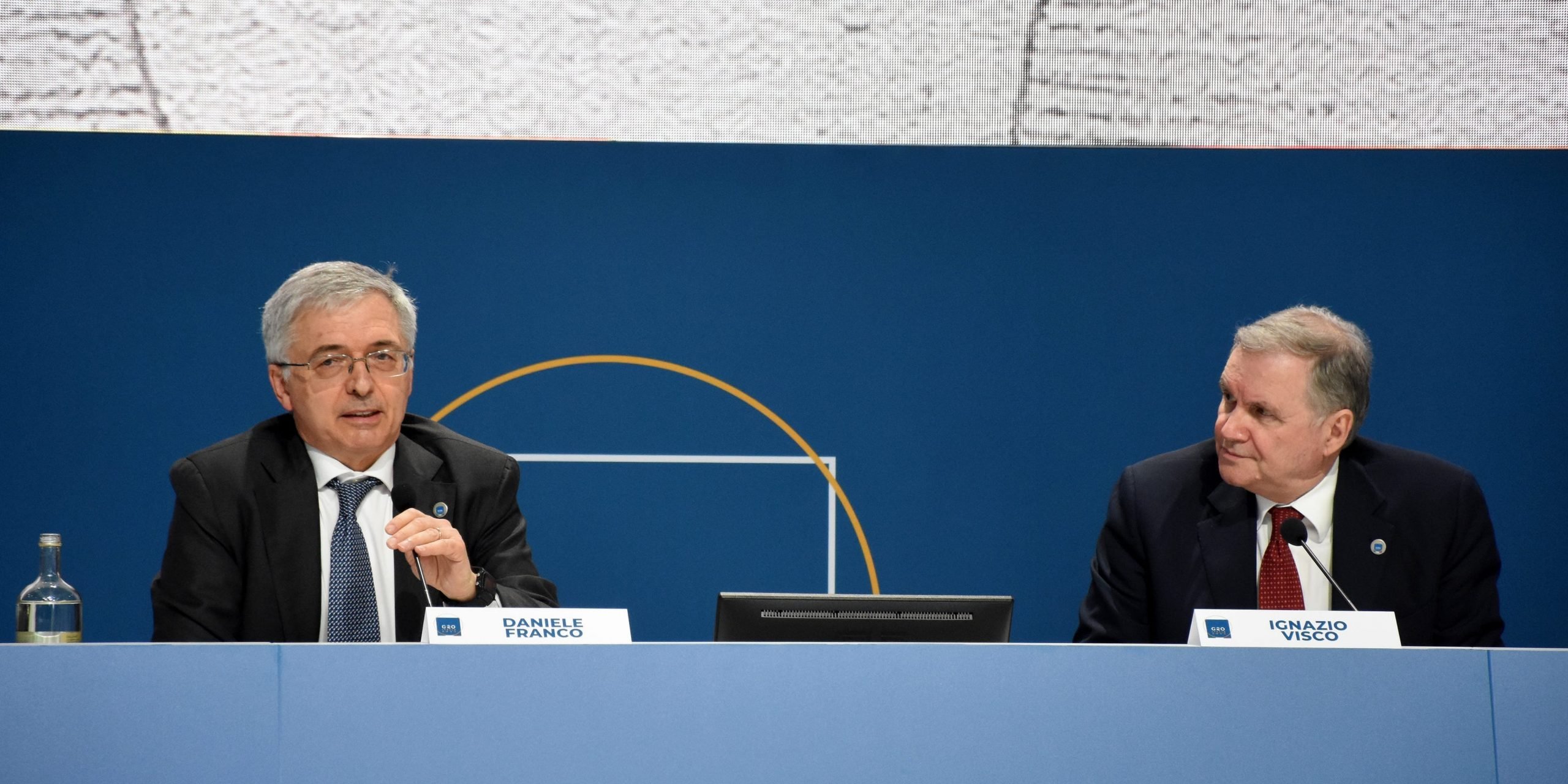
Anadolu Agency/Getty images
- The BIS, IMF and World Bank released a report on central bank digital tokens for the G20.
- The report suggests CBDCs could make cross-border payments faster, cheaper, and more transparent.
- However, countries must collaborate with one another as the implications "will go beyond borders," the report said.
- Sign up here for our daily newsletter, 10 Things Before the Opening Bell.
Central bank digital currencies could vastly improve today's international payments systems, according to a report by the World Bank, the International Monetary Fund and the Bank for International Settlements late last week.
The report, which the group sent to the G20, outlined that so-called CBDCs had the power to offer faster, cheaper, transparent and more inclusive cross-border payments than the traditional financial system. But, the group said, collaboration will be essential.
"Implications of CBDCs, even if only intended for domestic use, will go beyond borders, making it crucial to coordinate work and find common ground. If coordinated successfully, the clean slate presented by CBDCs might – in time and in combination with other improvements – be leveraged to enhance cross border payments," the report said.
A CBDC is a digital currency issued by a central bank. CBDCs have already been issued by the Bahamas which launched the Sand Dollar and the Eastern Caribbean's DCash.
The current system suffers from long transaction delays and can be costly because of all the systems in place across the world, according to the report. There is also a lack of transparency and traceability.
Central banks like the Federal Reserve, which is looking into a digital dollar, have said the tokens would not be completely anonymous to prevent fraud and money laundering. Account users would need identification to access a wallet for both retail and wholesale use.
There is the option of countries restricting the CBDC to residents only, such as is the case with China's digital yuan.
With a number of countries considering their own CBDCs, there are still many unanswered questions around how new and existing infrastructures will co-exist, the impact on monetary policy and what role the private sector might play among others.
"In order to achieve the potential benefits for public welfare while preserving financial stability, further exploration on CBDC design choices and their macro-financial implications is essential," the report said.
